Images from the Great Lakes region,
or
....where we in the QLRG tend to be in the summer!
The images below illustrate the types of landscapes we and our students
have typically worked in. This web page provides
even more information on various physical landscapes in Michigan.
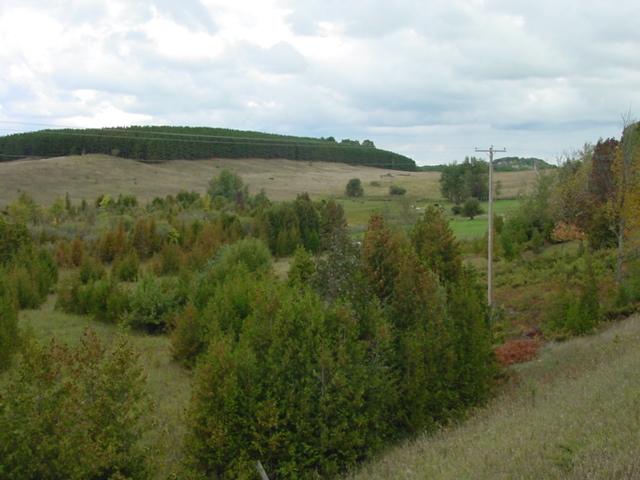
The Antrim-Charlevoix drumlin field is one of the largest in the midwest.
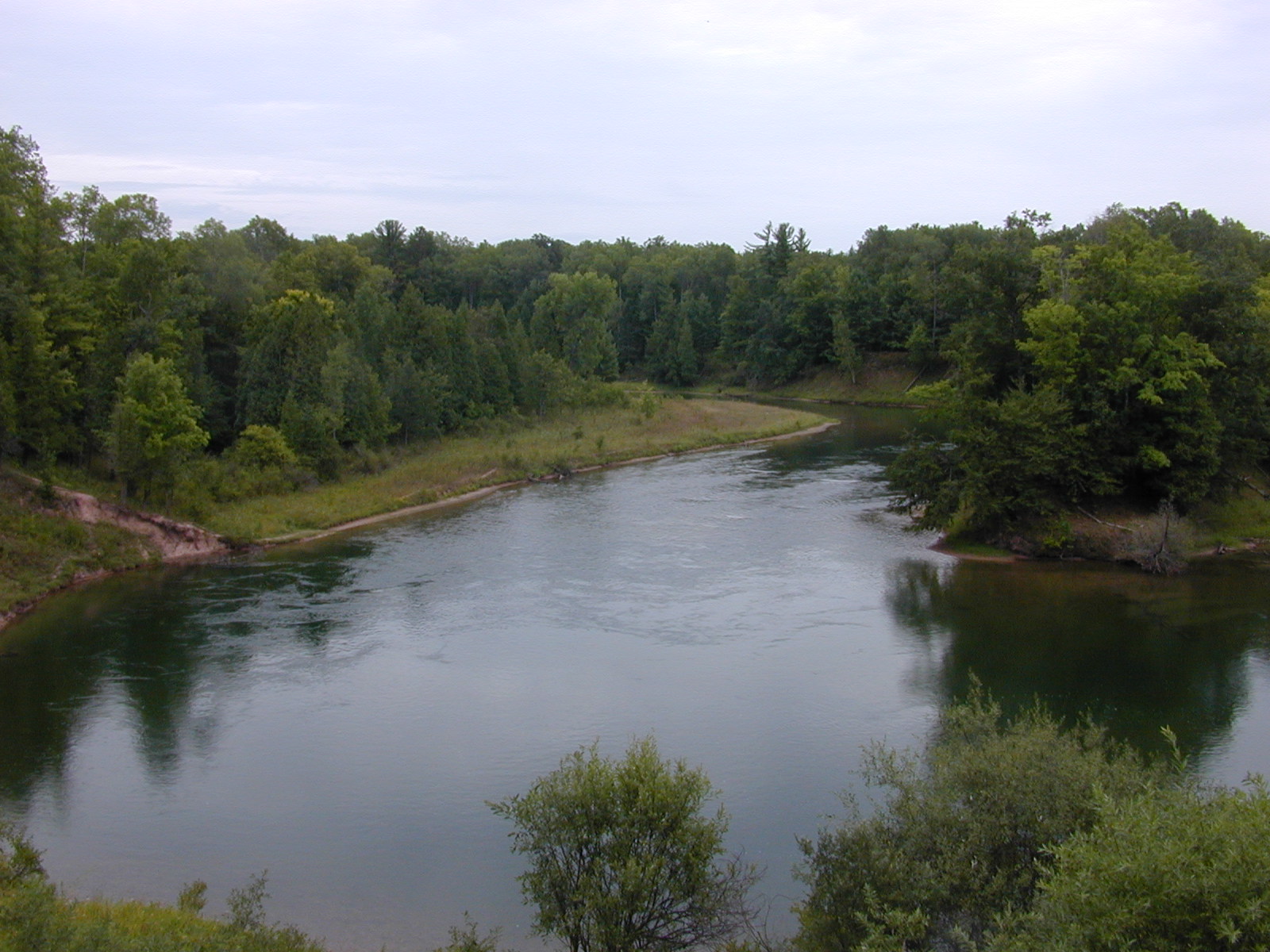
This is the Manistee River, where one of our students is currently investigating
the evolution of stream terraces in the valley. If you're interested
in fluvial landscapes, Michigan is an excellent place to work because very
little research like this has been conducted.
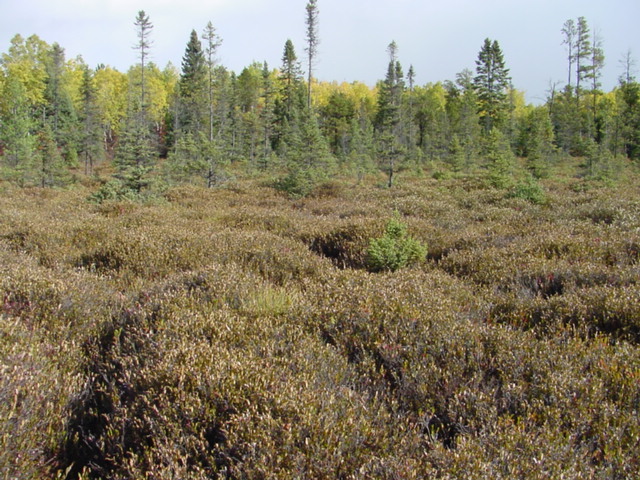
Bogs abound in the Great Lakes region. The peat and pollen within
are just waiting for inspection!
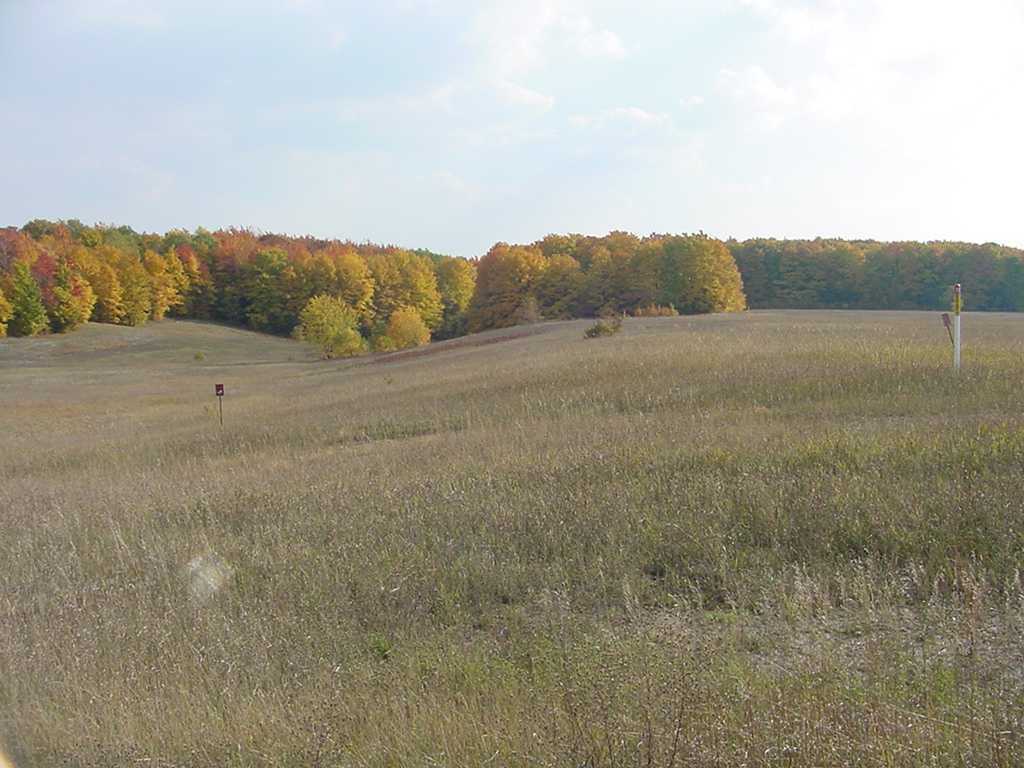
The Grayling Fingers - a high, dissected outwash plain - have been a
topic of recent research.
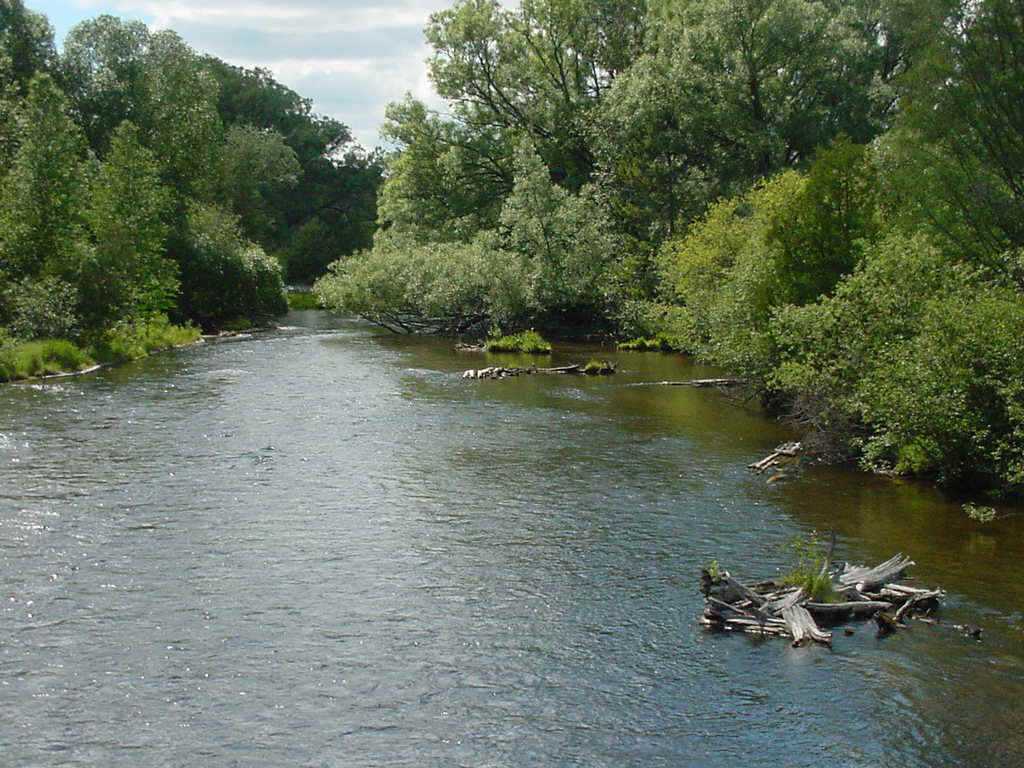
The Au Sable and many of its companion rivers have essentially not been
studied. Most have a complex history, including serving as meltwater
conduits, followed by a series of base level and climatic changes.
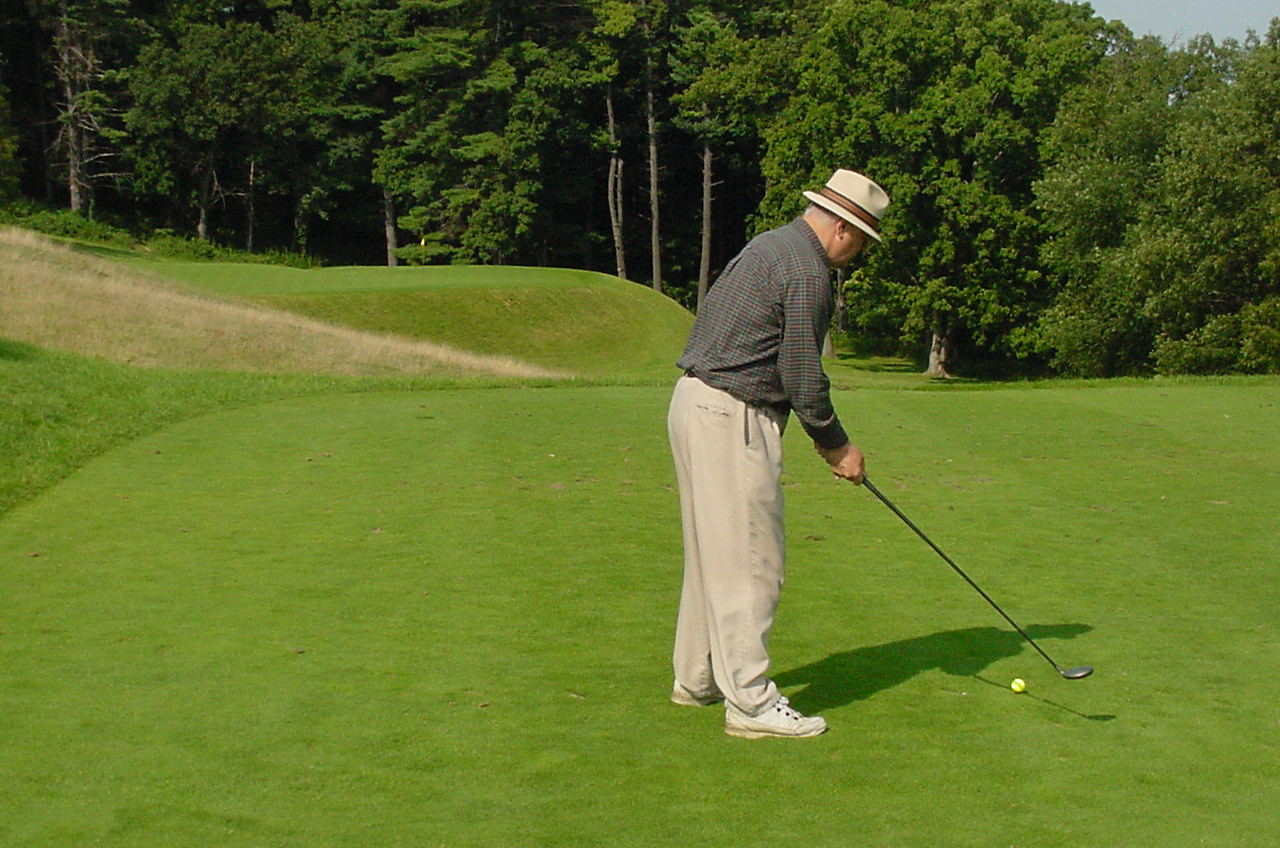
We just sneaked this one in for fun. Recreation in the region is superb!
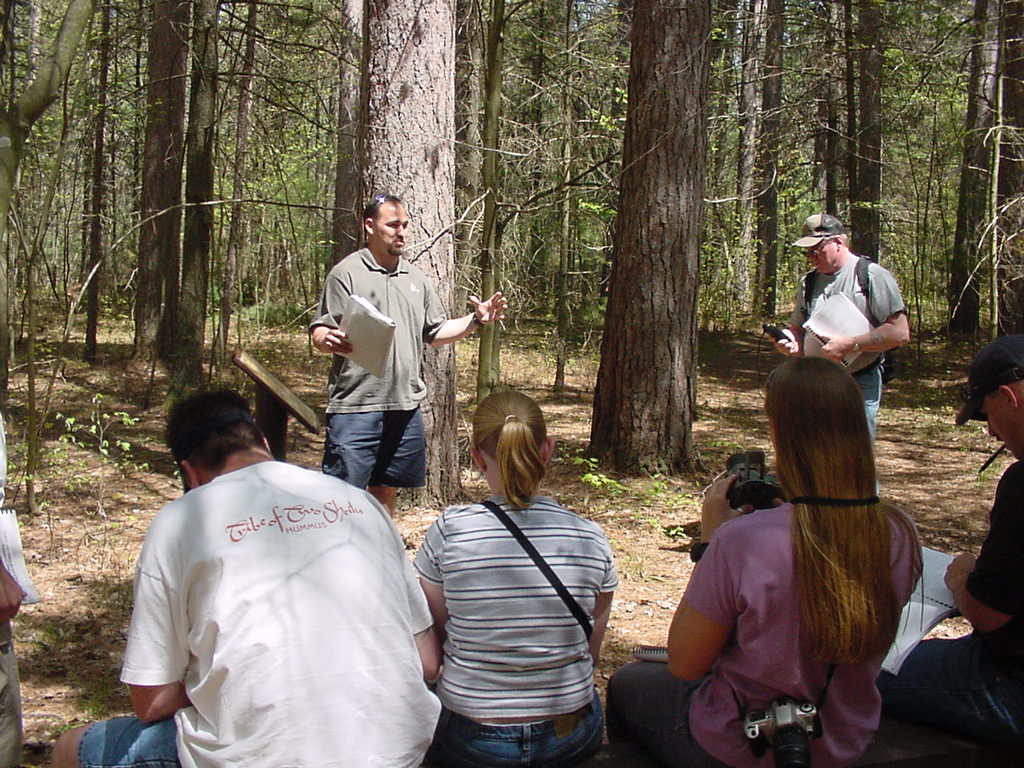
Biogeographic topics also abound. Forests of many types and stages
of growth are everywhere.
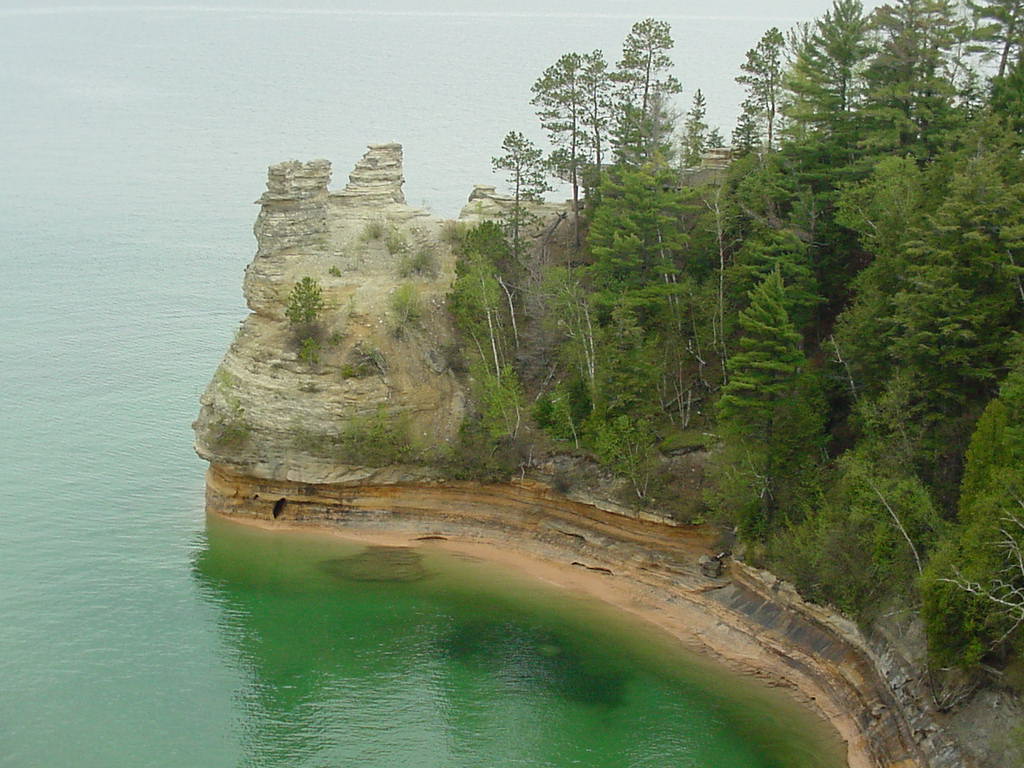
Bedrock is also available, for those who need it.
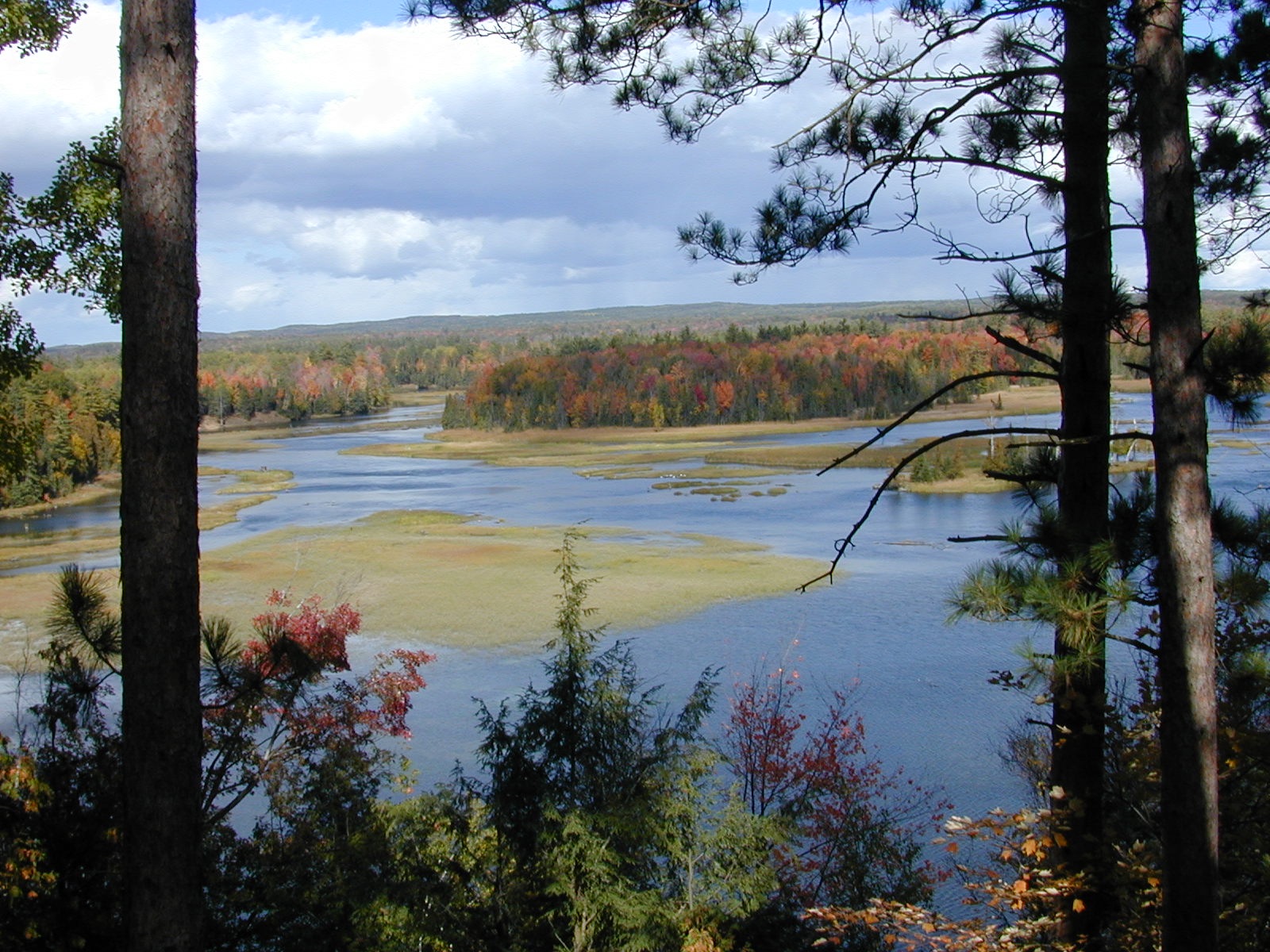
The Au Sable valley, once an artery for the logging industry, is a complex
system that also contains perched dunes on its highest terraces. This image
of the AuSable River valley is from about 30 km inland from the town of
Oscoda. In the background are glacial landforms associated with very
late Pleistocene ice. One of our goals is to better understand how
landscapes like these evolved.
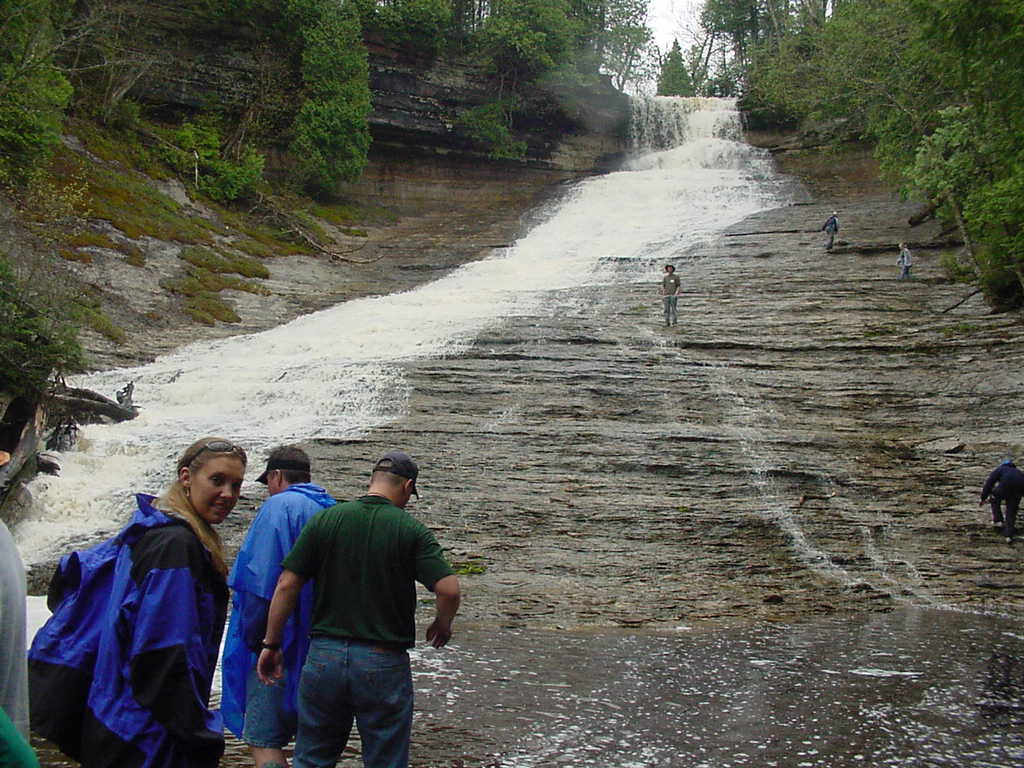
Michigan's upper peninsula is literally littered with waterfalls.
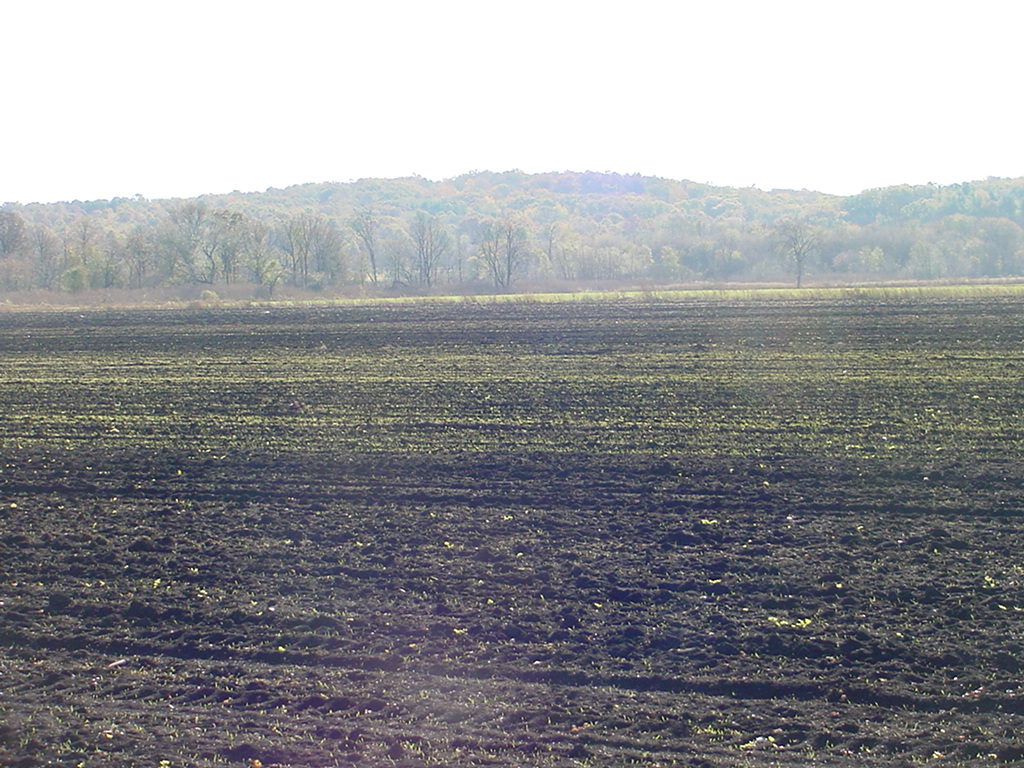
Most of the landforms in the region are glacial in origin. This
is a lake plain (now with mucks) that backs up to an ice-contact slope of
an interlobate moraine.
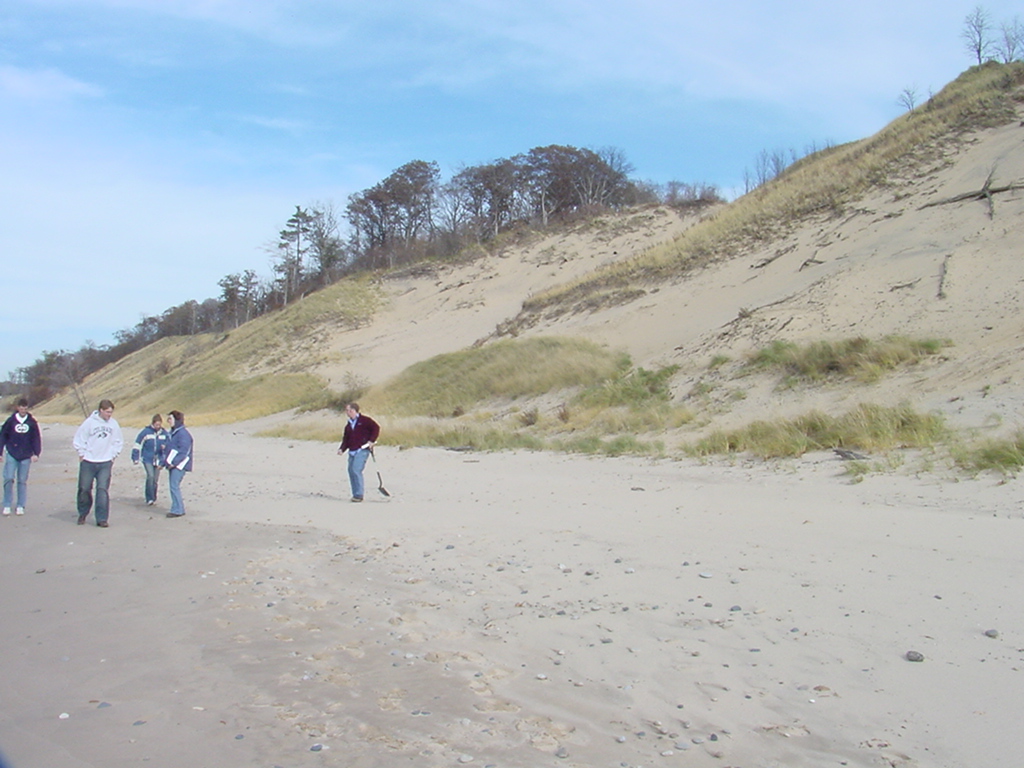
The coastal dune landscapes along Lake Michigan are a favorite topic
of study. They are the largest dune field in the world that is associated
with a lake. This is a scene from the Lake Michigan costal dunes.
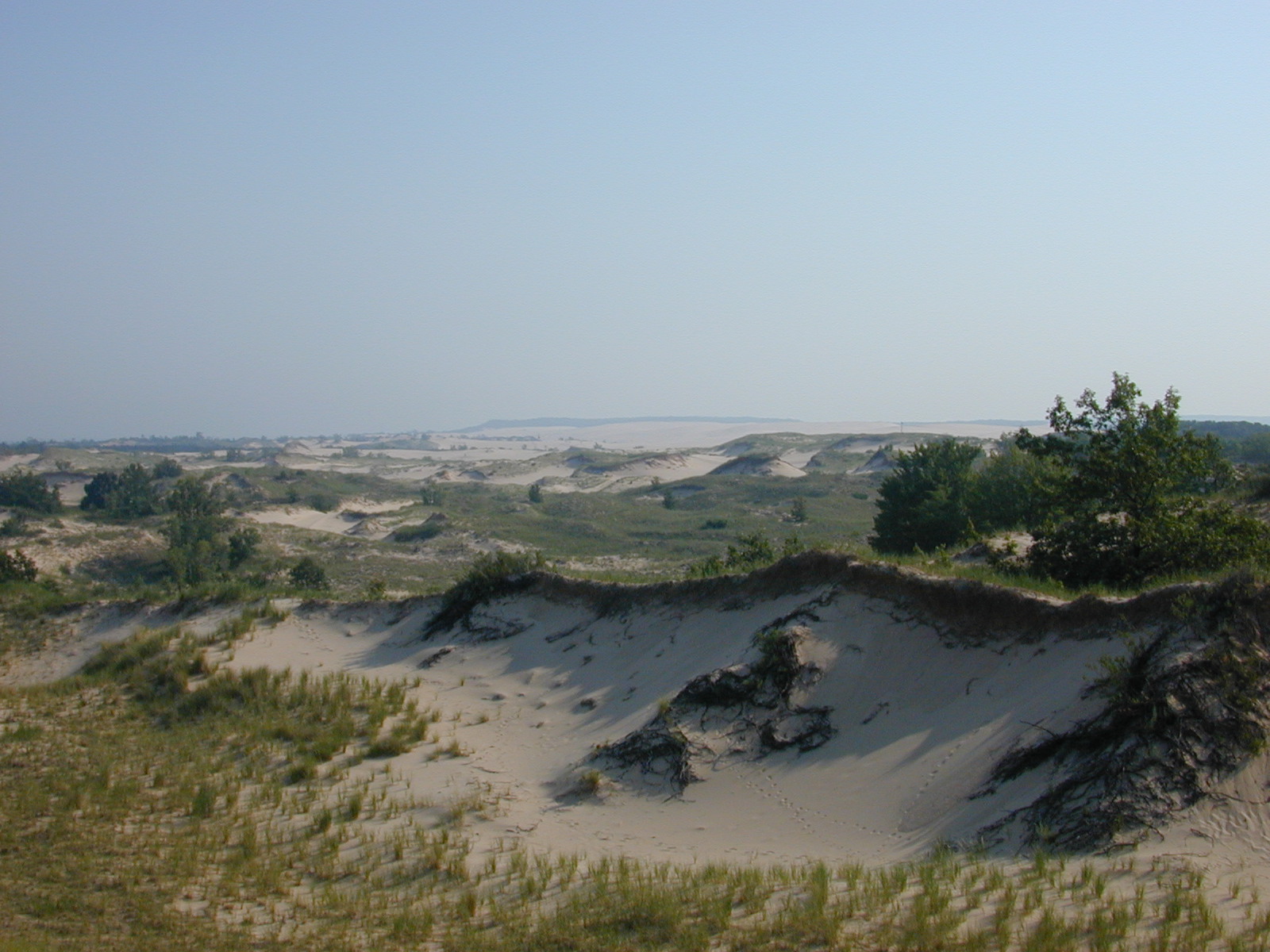
This is a scene from the perched, Grand Sable dune field in the Upper
Peninsula of Michigan. As you can see these dune fields are extensive.
We have a lot to learn about their age, how sand moves within them, and
their relationship to the lake.
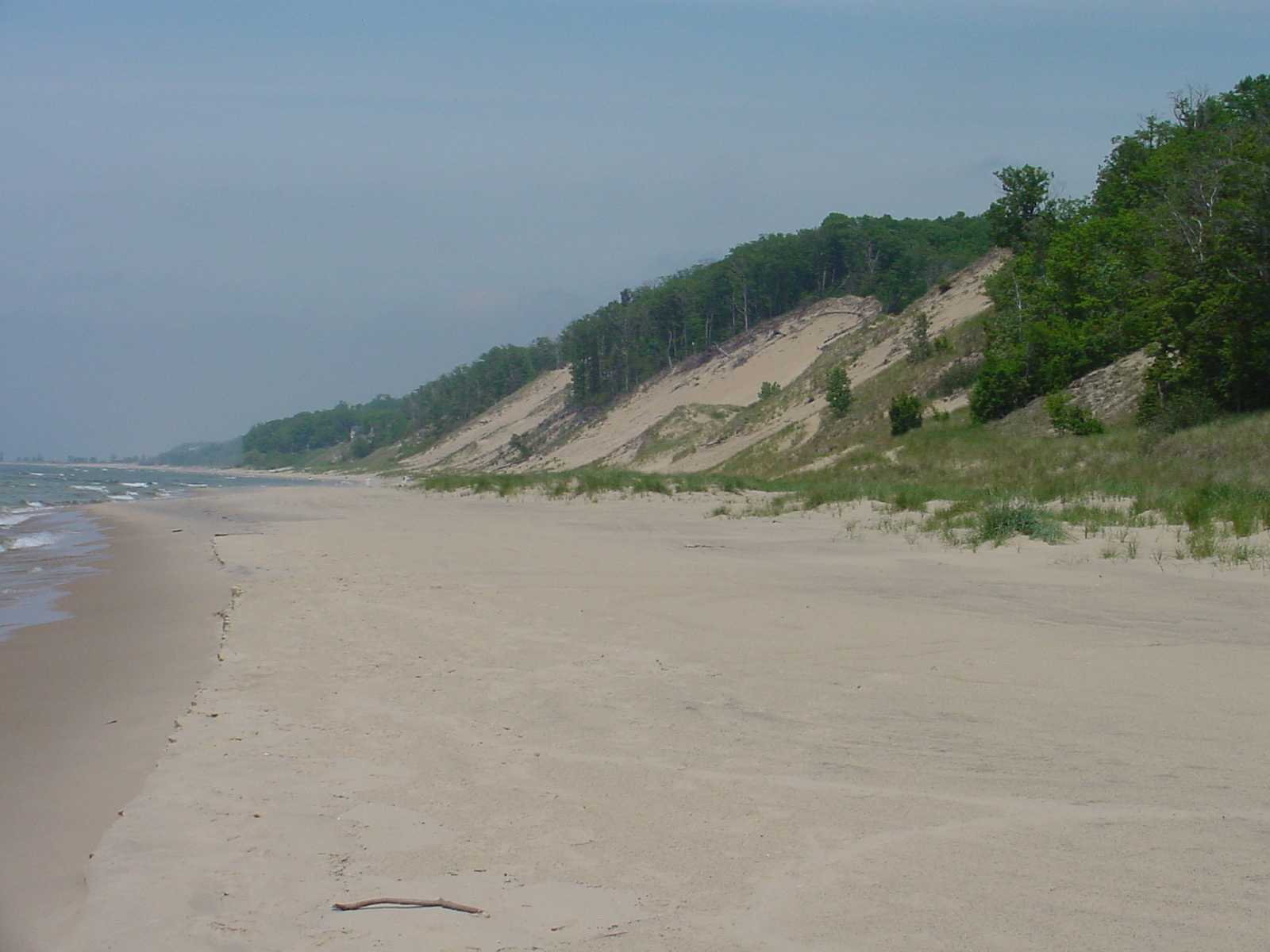
The world's largest body of freshwater coastal dunes occur along the eastern
shore of Lake Michigan. These are the dunes near Holland. Although
this is an impressive landscape, they really didn't begin to be studied
until a few years ago. There's still much work to be done! Research
on coastal processes, an emphasis within the QLRG, often involves
a synthesis of eolian and coastal processes.
